Home
Website Under Construction
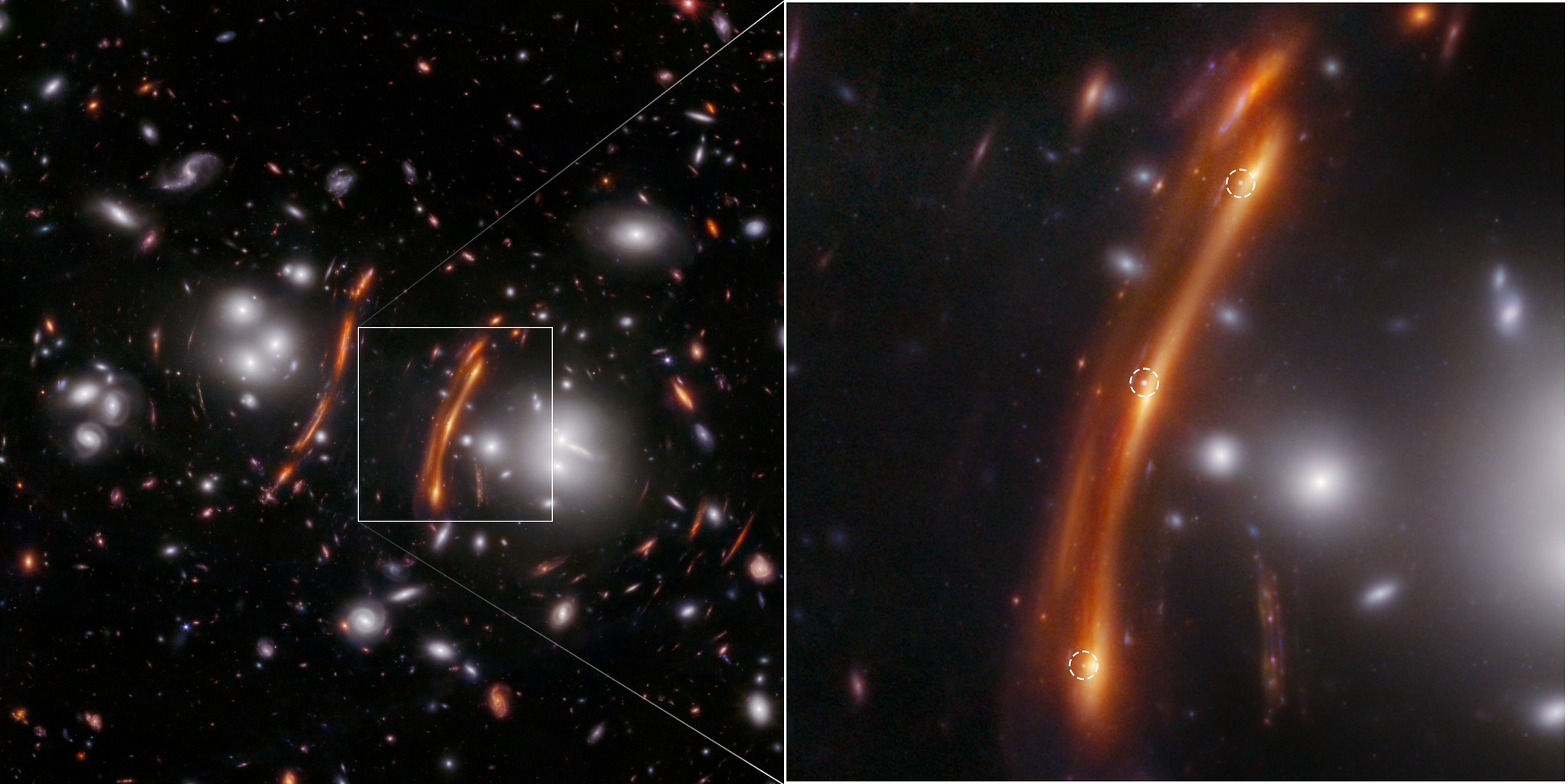
What is Gravitational Lensing?
Gravitational Lensing occurs when a massive celestial body, such as a Galaxy or Galaxy Cluster, bends the path of light from a more distant object due to its strong Gravitational Field. This mass warps Spacetime, acting like a cosmic lens that can distort, magnify, or even create multiple images of the background source. The phenomenon is a key prediction of Einstein's theory of General Relativity and is used by Astronomers to study distant objects and map the distribution of mass, including Dark Matter, in the Universe.
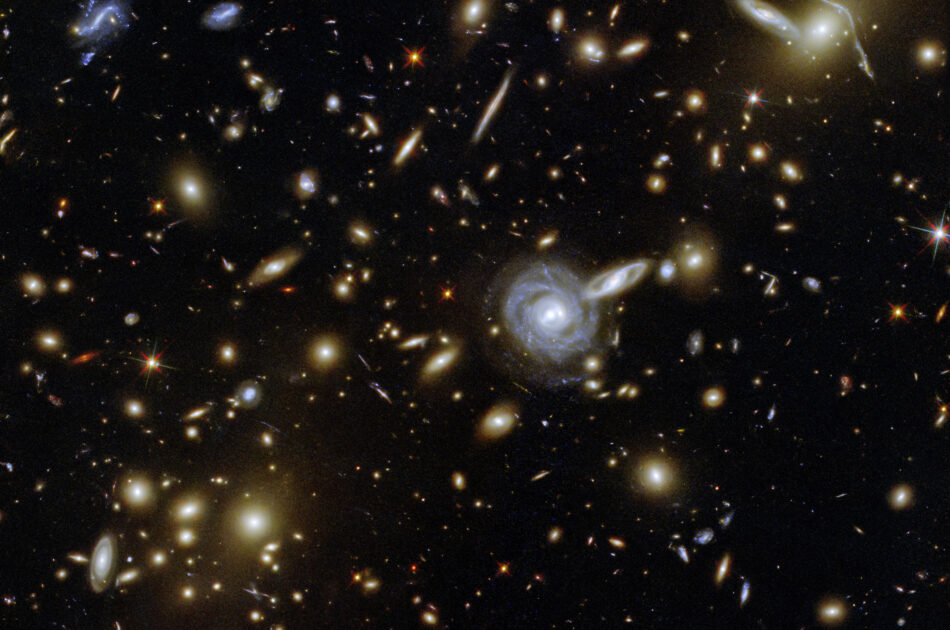
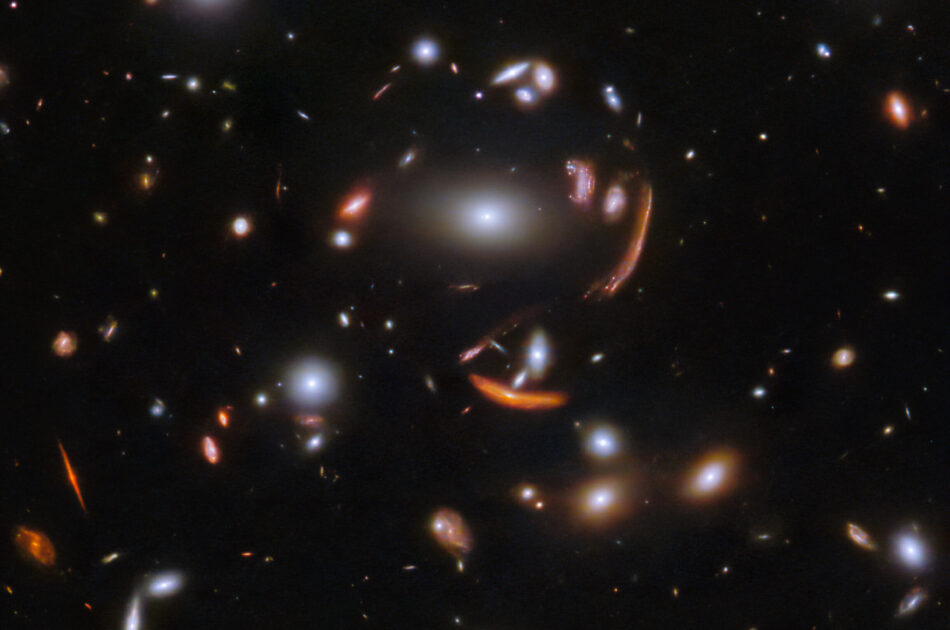
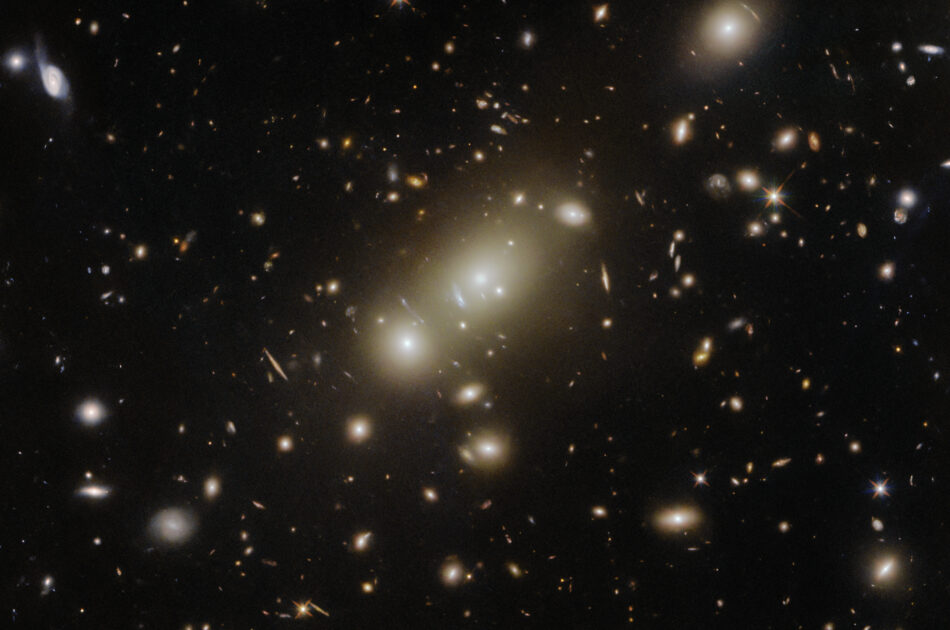
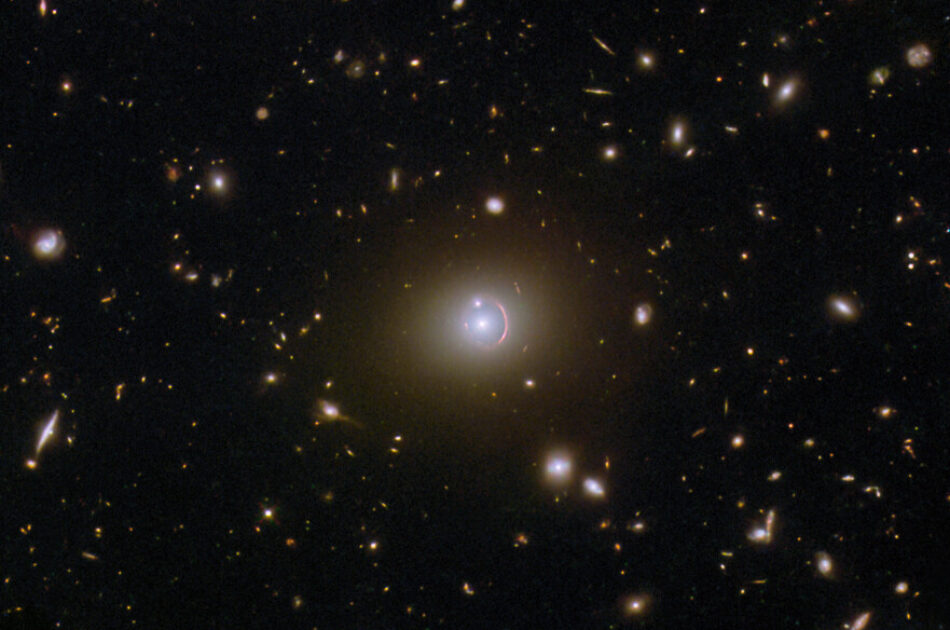
How Gravitational Lensing works
Spacetime Curvature:
According to Einstein's general theory of relativity, mass causes spacetime to curve.
Light Bending:
As light travels through this curved spacetime, its path is bent, similar to how a light beam bends when passing through an optical lens.
The Lens Effect:
The massive object causing the light to bend is called a "gravitational lens".
Effects of Gravitational Lensing
Magnification:
The light from a distant object can be magnified, making faint or very distant objects visible that would otherwise be too far away to observe.
Distortion:
The images of background objects can appear distorted.
Multiple Images:
The light from a single object can travel along different paths around the lens, resulting in several distorted images of the same object appearing in the sky.
Spectacular Formations:
In some cases, the light can be warped into spectacular patterns like "Einstein rings" (a complete ring of light) or "Einstein crosses".
Types of Lensing
Strong Lensing:
Occurs when the alignment between the source, lens, and observer is precise, leading to large distortions, multiple images, and rings.
Weak Lensing:
Occurs with less massive objects or less precise alignments, where the distortions are very small but can be detected statistically by analyzing the shapes of numerous background galaxies.
Microlensing:
Occurs when a smaller object, such as a star or planet, acts as the lens, causing temporary changes in the brightness of the background source.

